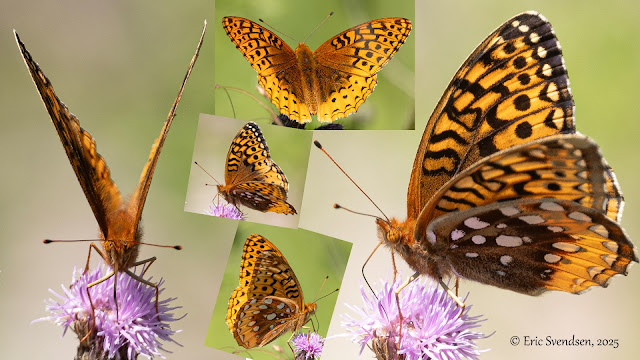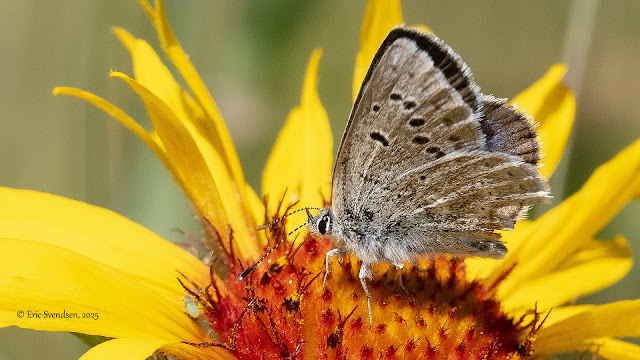Bench top: An Adirondack chair in the mountains

View from Mount Norquay in Banff. Kathryn is sitting in the chair on the right. One of the things I tell people in the photo courses I teach is to take pictures with people in them. The reason is simple enough - the photos you keep will likely be ones that you care about, and those will have people you know in them. Having said that, I find that landscapes are best done without people in them as they are more marketable that way. This brings up another important point I discuss in those same classes. When taking photos, consider the purpose and your goals for them. Are they for memories, sharing, selling, blogging, or just because? Each reason has its own criteria that should be considered. For me, I will often take two photos of landscapes, one without people and one with. The first is done both because I want to see how good I can do it and the second because it has more personal value. Another thought has to do with operations in post....





















